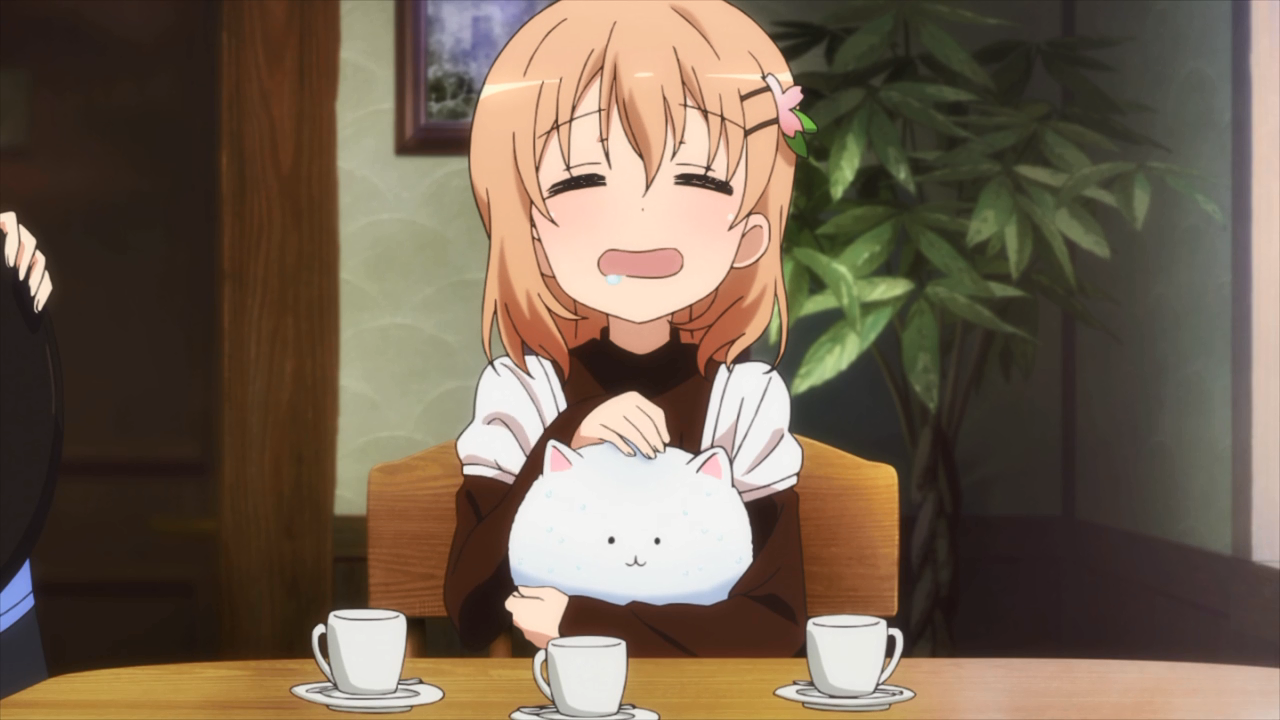

Like the name suggests, Fedora Media Writer is a tool created by Red Hat for making bootable Linux USBs. For this article, I'll go with Fedora Media Writer simply because there are not a lot of tutorials talking about it and because I use it personally. Among all these tools, my favorites are:īoth of these tools are open-source, free to use, and available on pretty much all major platforms.

There are multiple tools that can help you to create a bootable Linux USB drive. If you have all of the above ready, you're good to go.
You have enough space (25GB) to install Linux on your HDD or SSD. You have a USB drive large enough (4GB) to boot Linux from. You already have Windows installed on your machine. Your computer is using UEFI and not BIOS. To make this entire article approachable, I'm making following assumptions about your system: Some Assumptions I’m Makingīefore I jump into the core of the tutorial, I want to clarify a few things. Without any further ado, let's grab a mug of coffee or tea or at least water and jump right into the process. Some generally geeky stuff to impress you peers. Common problems, misconceptions, and their solutions, and. How to get rid of Linux without messing up Windows if necessary. How to install any Linux distribution alongside Windows. So if you're one of the victims or one of those who are trying to avoid possible disasters in their upcoming dual booting adventure, this article is for you. In fact, machines with both Windows and Linux running side by side are quite common.īut do you know what's more common than machines running both operating systems? Machine owners who have tried to dual boot their machines and ended up losing a lot of data in the process. That doesn't mean that we no longer need a full blown Linux installation. Microsoft has embraced the open-source community quite cordially in recent years, and as a result we have things like Windows Subsystem for Linux baked right into our Windows installations. 
Gone are the days when Linux and Windows were like two opposing forces.







 0 kommentar(er)
0 kommentar(er)
